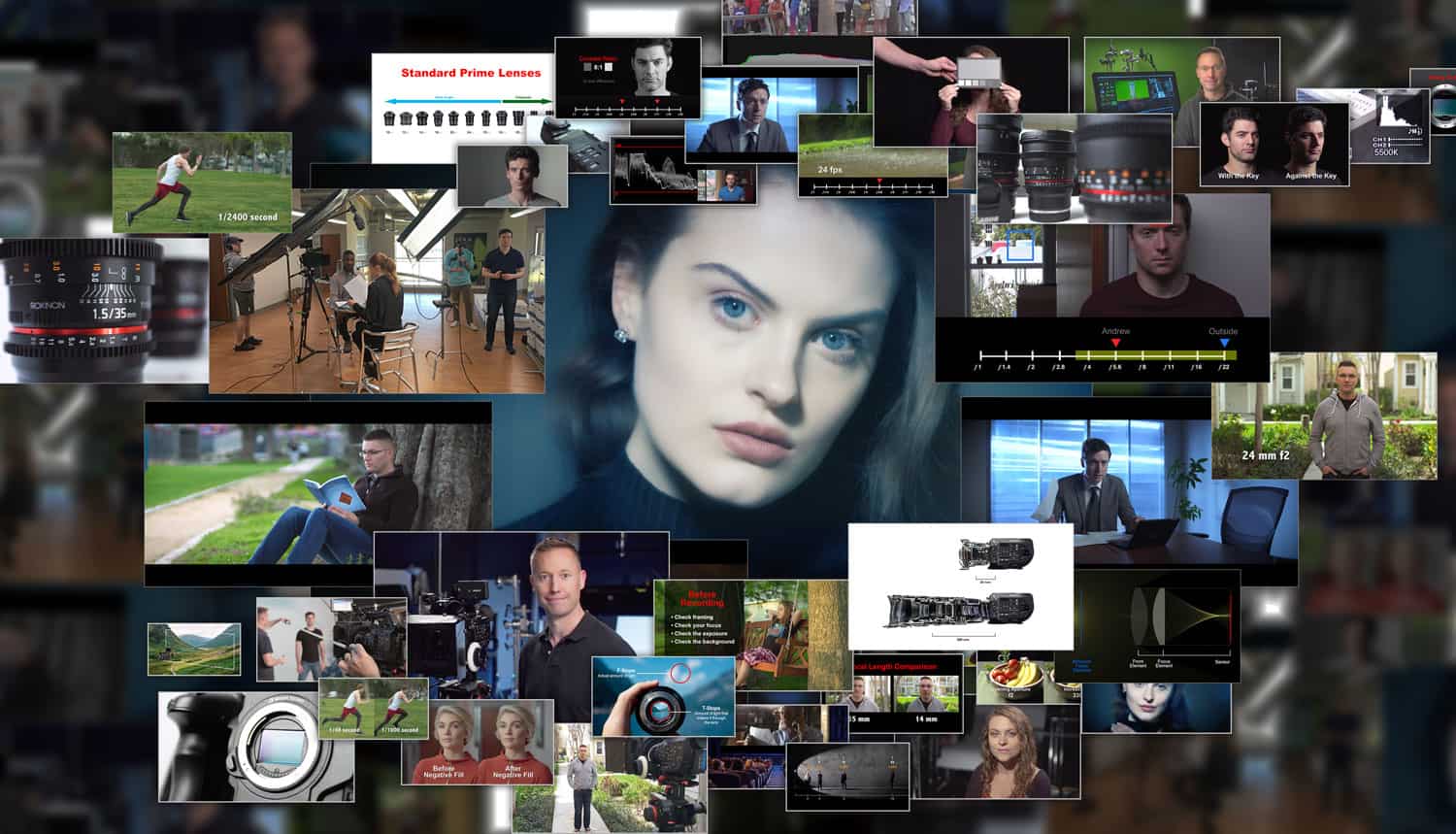We are excited to announce a suite of 20 all new lessons -our best yet!! Each lesson is jam-packed with on-set video tutorials, written companion guides, downloadable files and quick-reference guides, and much more.
You can access these new lessons in a number of ways:
- If you are a film school instructor, all the new lessons are automatically included in your FilmSkills license. You can begin using them in your classes immediately.
- If you are looking for your own personal training, these lessons are available in
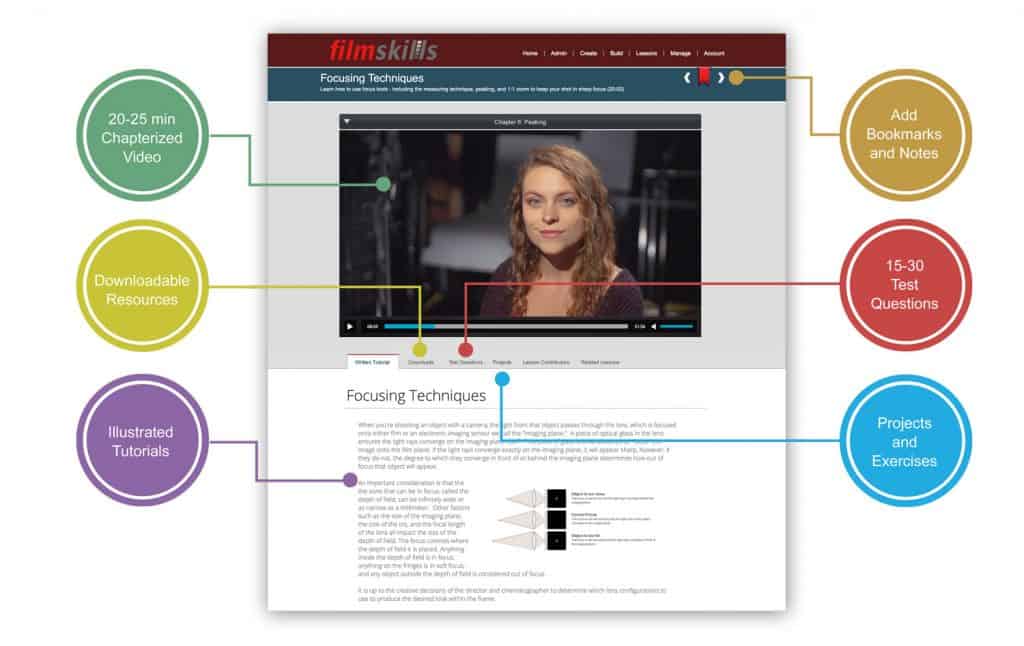
Now, on to the new lessons!
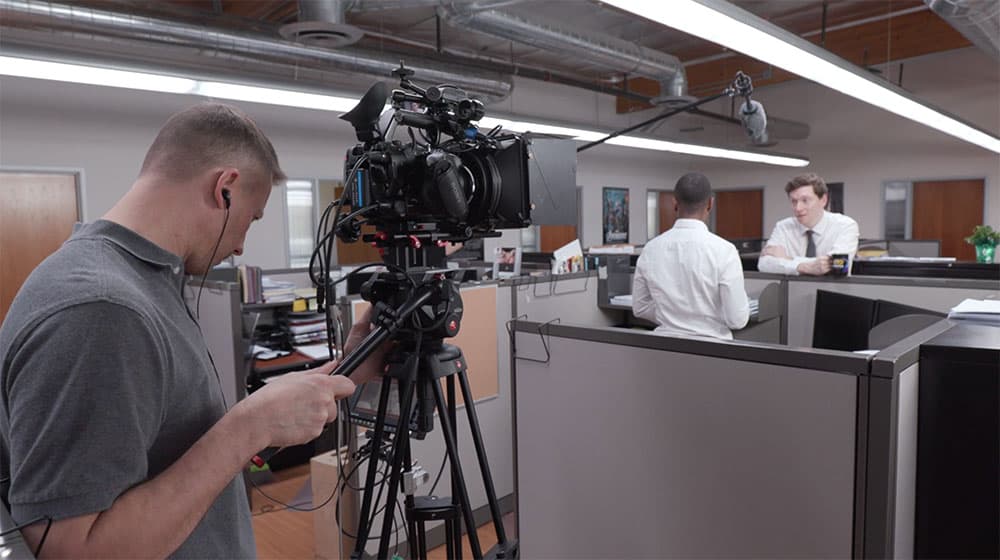
Focusing Techniques
From traditional focusing techniques of setting marks and measuring distances, to using digital focus assist tools, students learn how to set focus, overcome focus challenges, and proper on-set procedures.
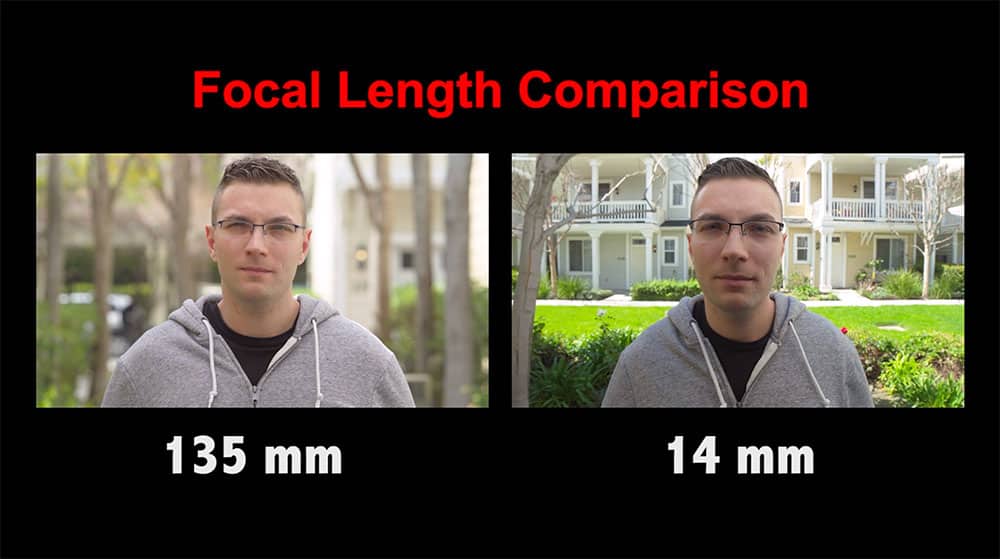
Lens Focal Length
Students learn the power of the lens, how focal length affects the field of view and depth, changes in the illusion of time, plus how to work with zoom vs prime lenses, and compensate for crop factor.
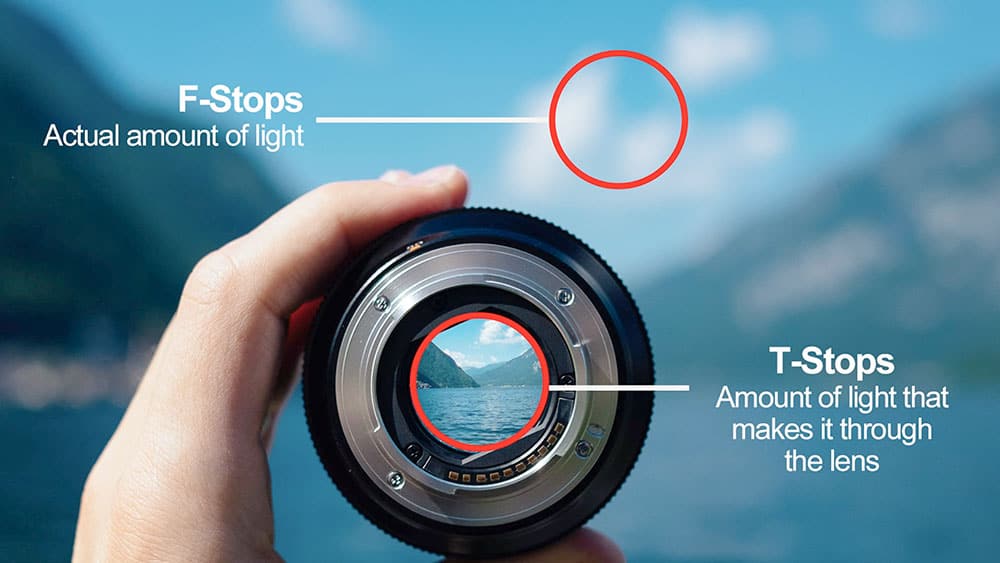
f-Stops and T-Stops
This lesson covers how f-stops and T-stops are used to determine exposure, how to work with fast and slow lenses, and how f-stops are used to determine camera exposure and lighting ratios on set.
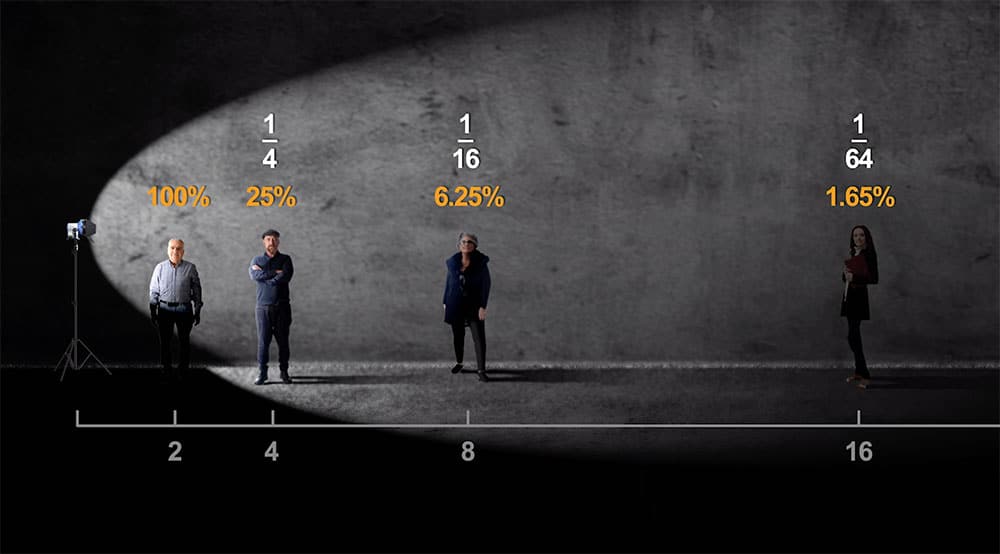
Intro to Light and Exposure
Students are introduced to the nature of light, how it’s measured, and the foundations of exposure. Complex techniques of the inverse square law, dynamic range, latitude, and contrast ratios are made simple.
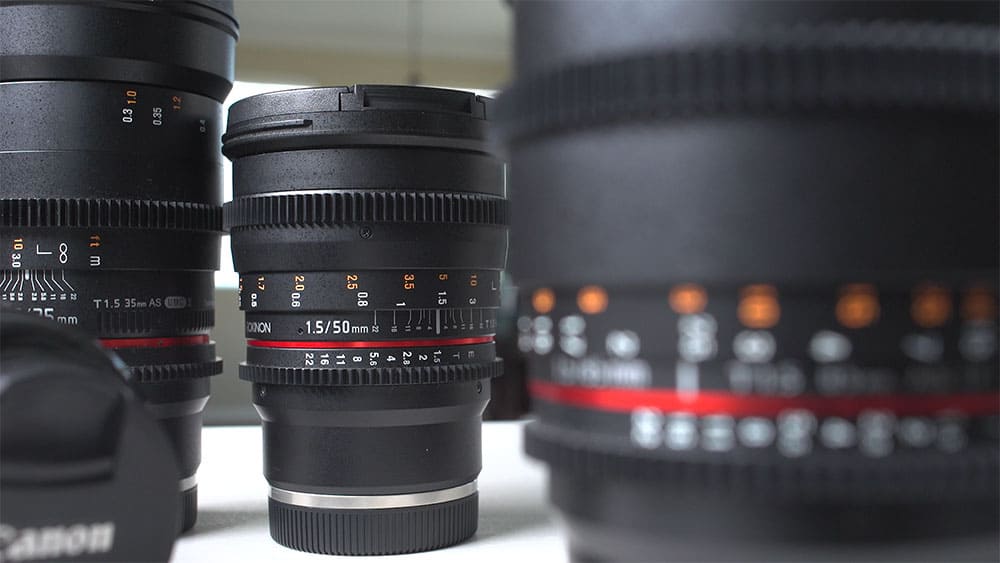
Taking Care of Lenses
Students learn how to properly change lenses, remove dust and debris, protect lenses both in transit and on set, prevent condensation, and how to properly clean the imaging sensor.
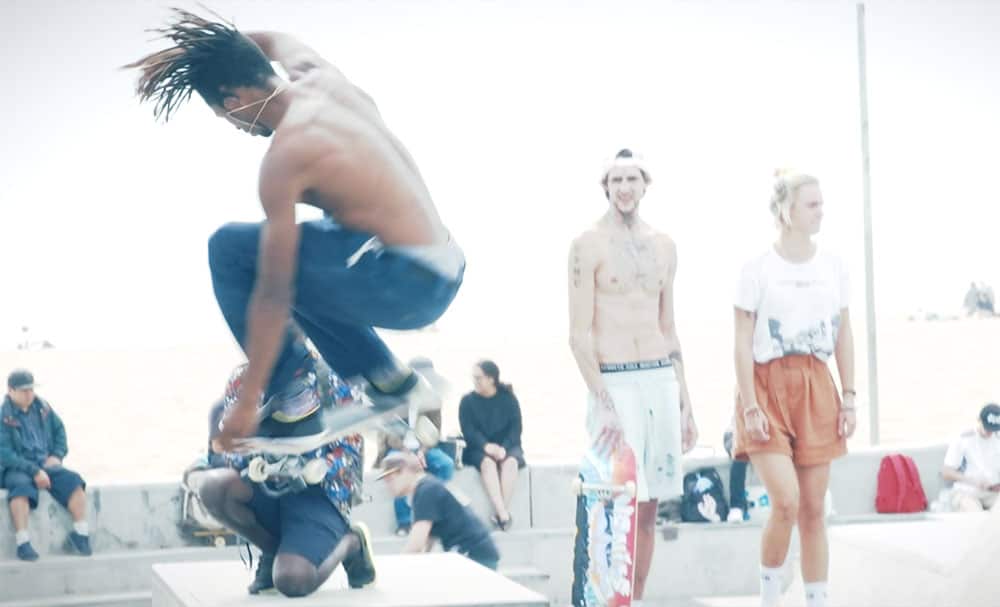
The Camera Shutter
Students learn how electronic shutters function, how to choose the shutter angle, global vs rolling shutters, motion blur, managing screen flicker, and how to compensate exposure.
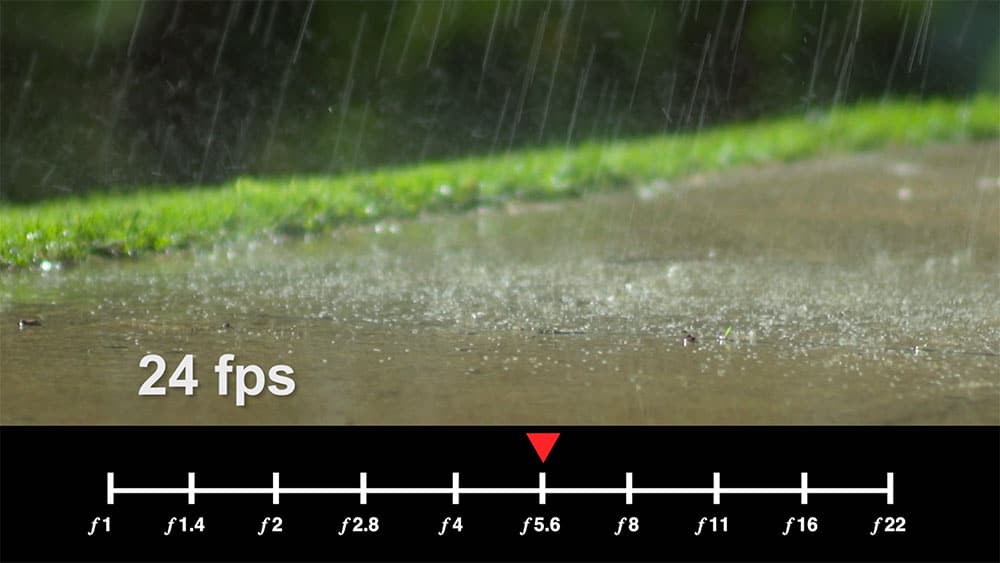
Frame Rates
This lesson provides a comprehensive look at frame rates, interlaced vs progressive, time code, drop frame, 3:2 pull down, slow motion and time lapse, and how to calculate exposure with different frame rates.
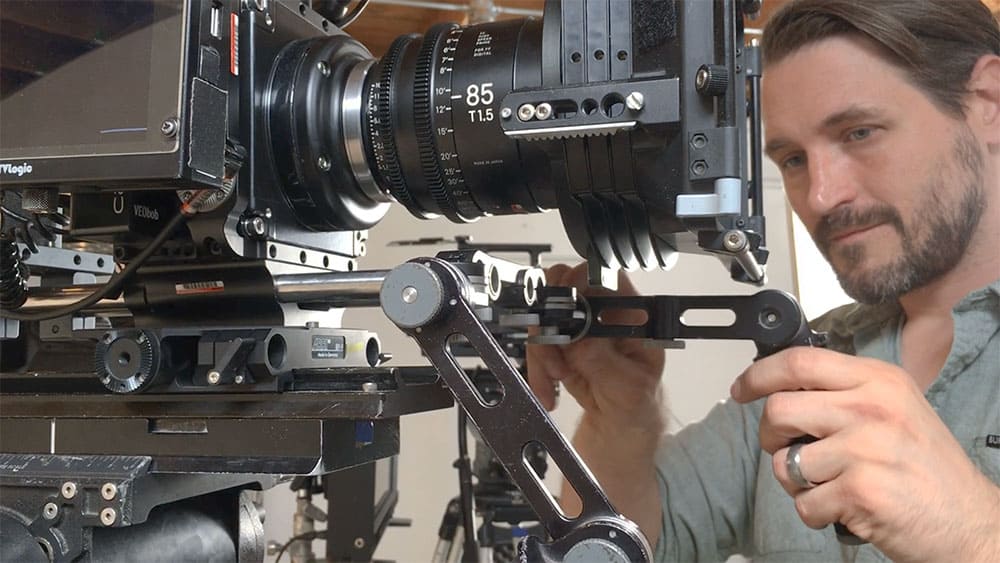
How to Prep a Camera
Students learn how to prep the camera, matte box, follow focus, monitor, cables, batteries, media, and how to conduct lens calibration tests to ensure the camera works properly on set.
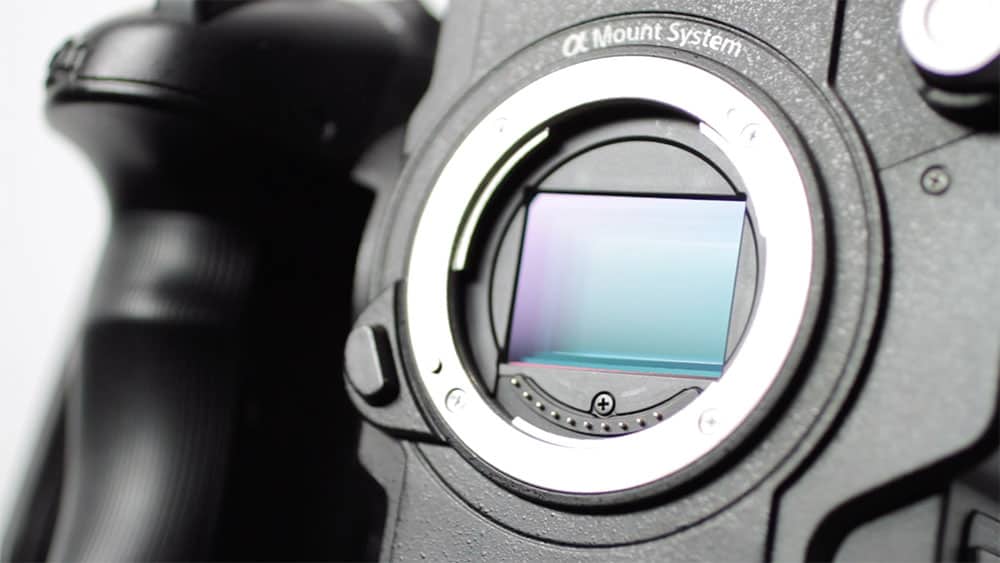
Imaging Sensor and ISO
Students learn how the imaging sensor, CCD and CMOS chips, and photosites function, plus Bayer pattern and debayering, CODECs and RAW formats, bit depths, ISO, image quality, and gain.
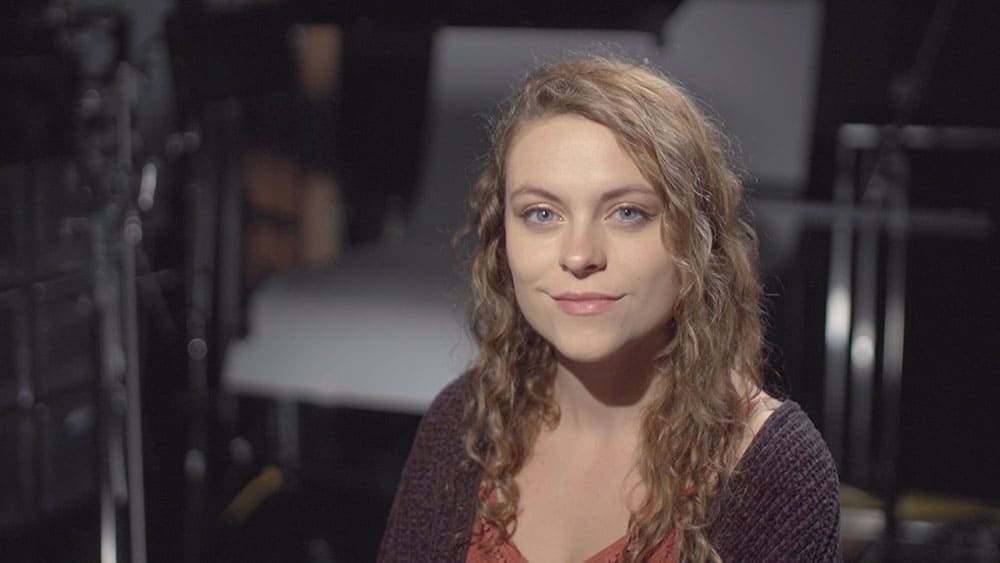
Three Point Lighting
Students learn a range of key light techniques for beauty and drama, how to work with ambient fill light, rim lights, kickers, and how to use contrast to separate the subject from the background.
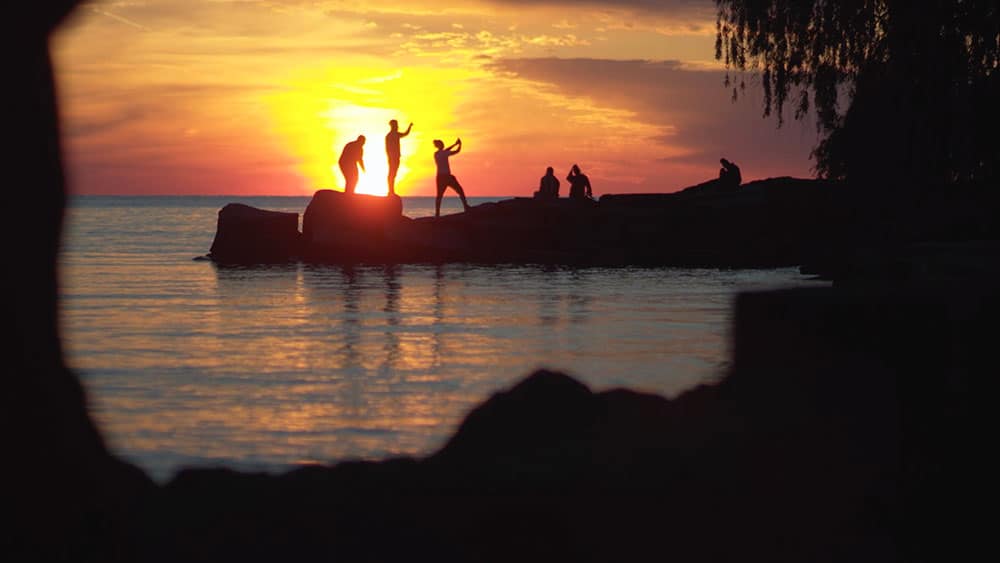
How to Expose a Shot
Students learn exposure techniques including zebra stripes, false color, waveform monitors, histograms, and light meters, plus how to expose skin tones, and work within the camera’s latitude and contrast ratio.
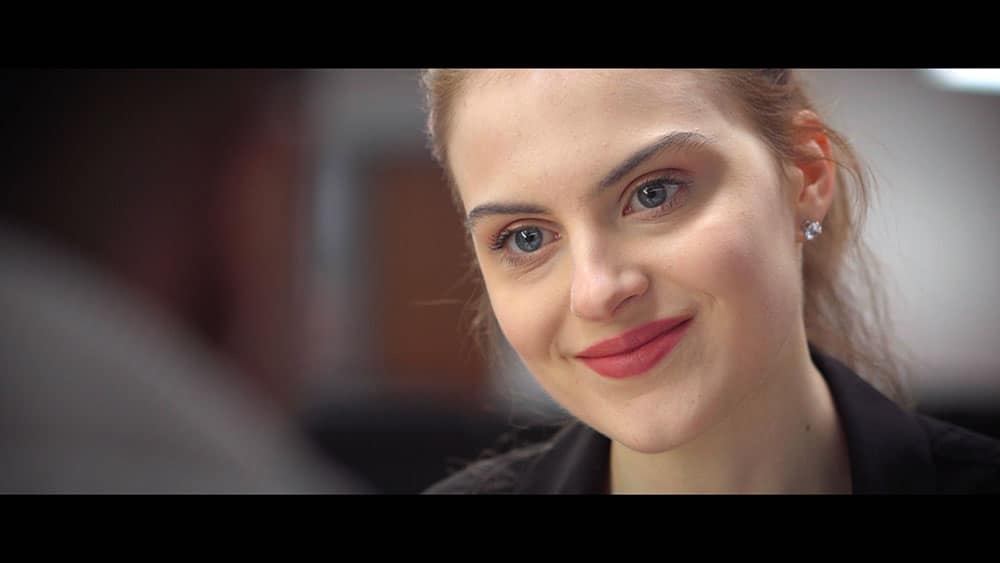
Depth of Field Study
In this lesson, students learn how to control the depth of field and its technical and creative effects. This lesson includes three scenes of differing depths of field to illustrate the change in emotional impact. Coming Soon!

How to Direct a Scene
Students experience how a scene is blocked, rehearsed, lit, and shot. This lesson includes a downloadable script, final cut, and rough footage of the sample scene.
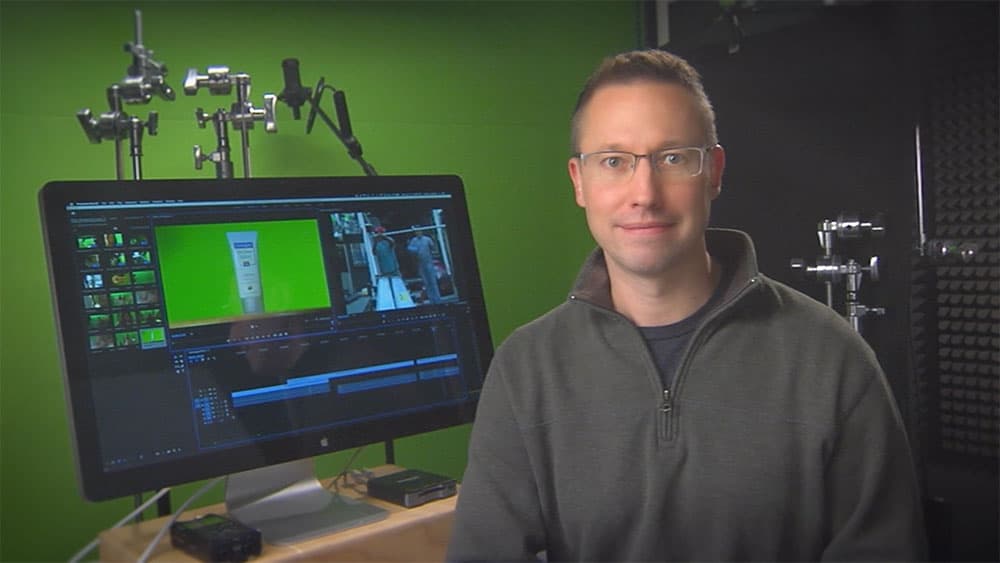
How to Shoot a Spec Commercial
This case study explores how a spec commercial is produced from concept to completion, and how spec projects can be used to help students find production work.
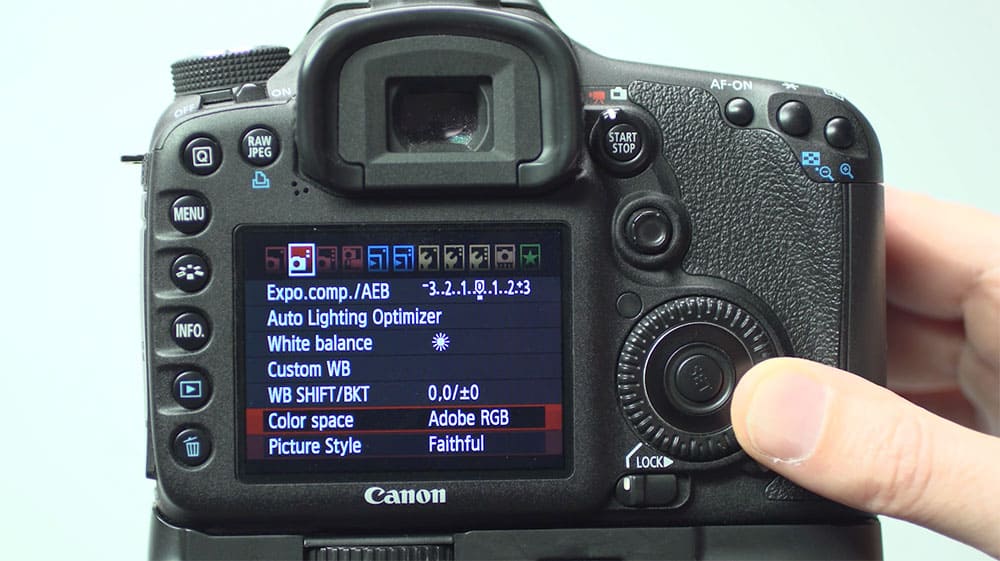
How to Set Up Your Camera
This lesson covers how to set up the recording resolution, aspect ratio, CODECs, ISO, picture profiles, plus basic lens techniques.

Basic Shooting Techniques
The lesson shows students the basics of focus, exposure, frame rate, and shutter speed in simple, non-technical language.
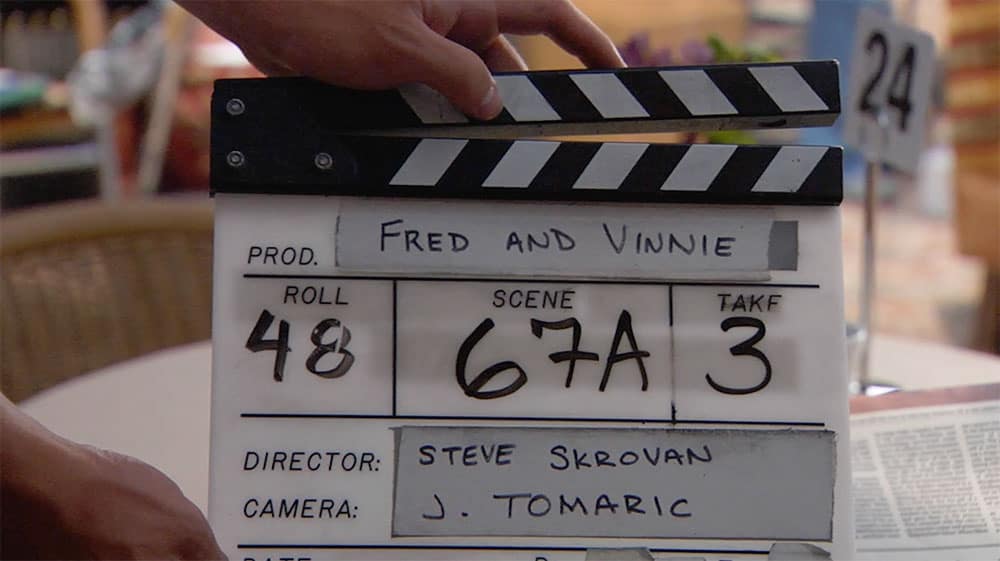
Basic Production Techniques
Students learn basic pre-production techniques, how to scout a location, prep equipment, mark shots, manage media, and wrap out a location.
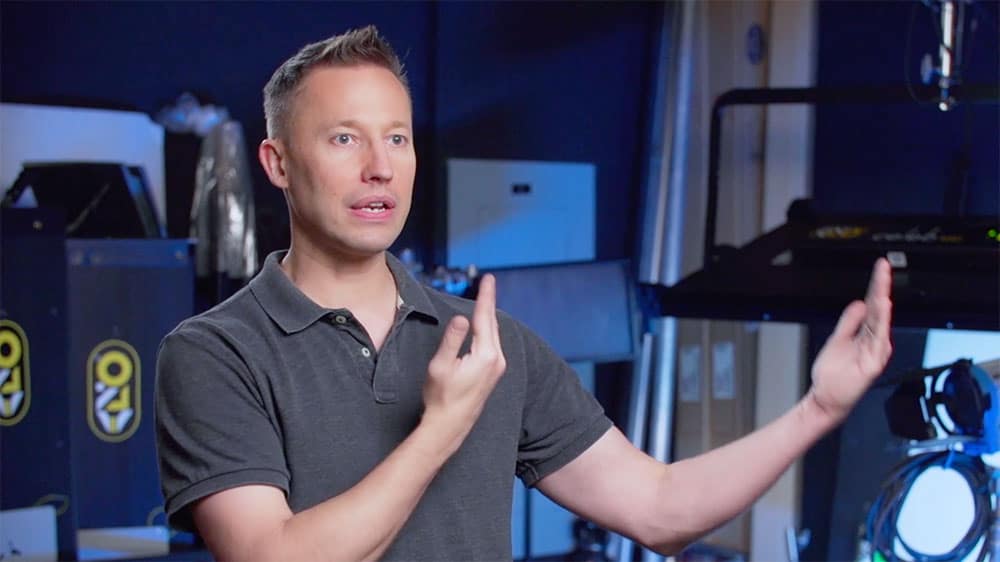
Basic Framing Techniques
Students learn shot types, camera moves, compositional guidelines, how to frame people, and a basic workflow for shooting each shot.
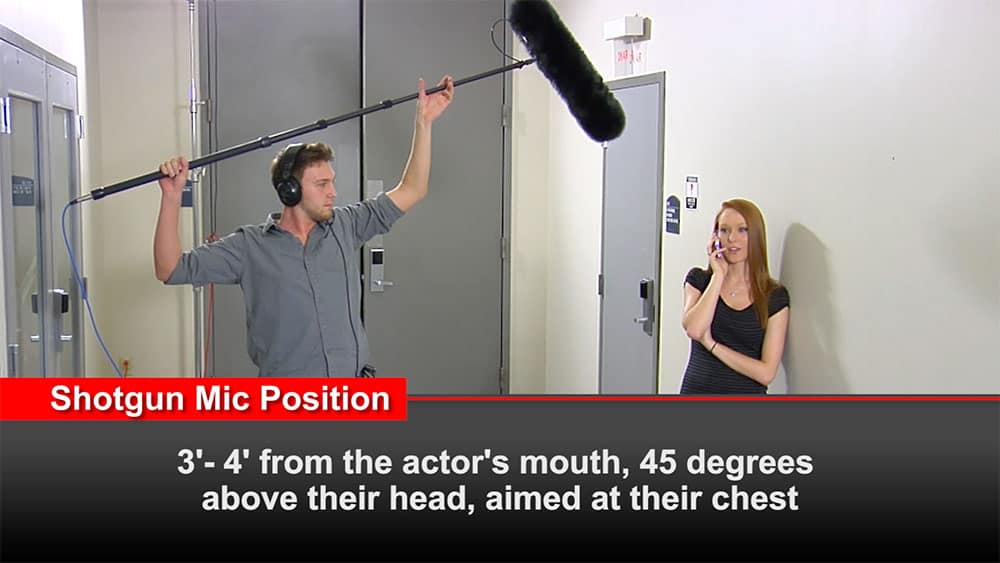
Basic Audio Techniques
Students learn how to choose a microphone, reduce ambient noise, configure audio settings, set levels, plus audio recording techniques.
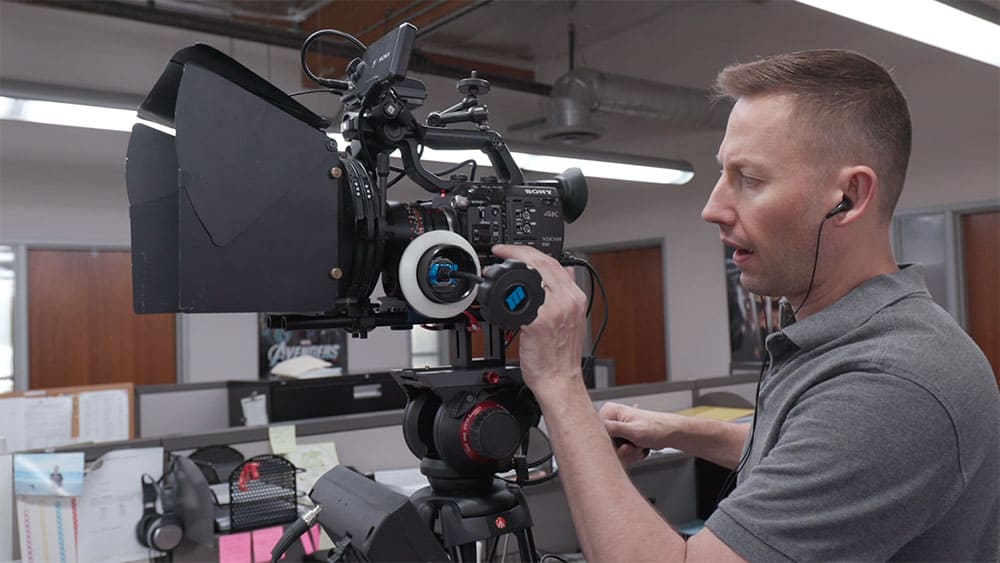
Basic Directing Techniques
Students learn how to block actors, basic scene coverage, plan proper coverage, shoot sequences, and how to work with actors. Coming Soon!

